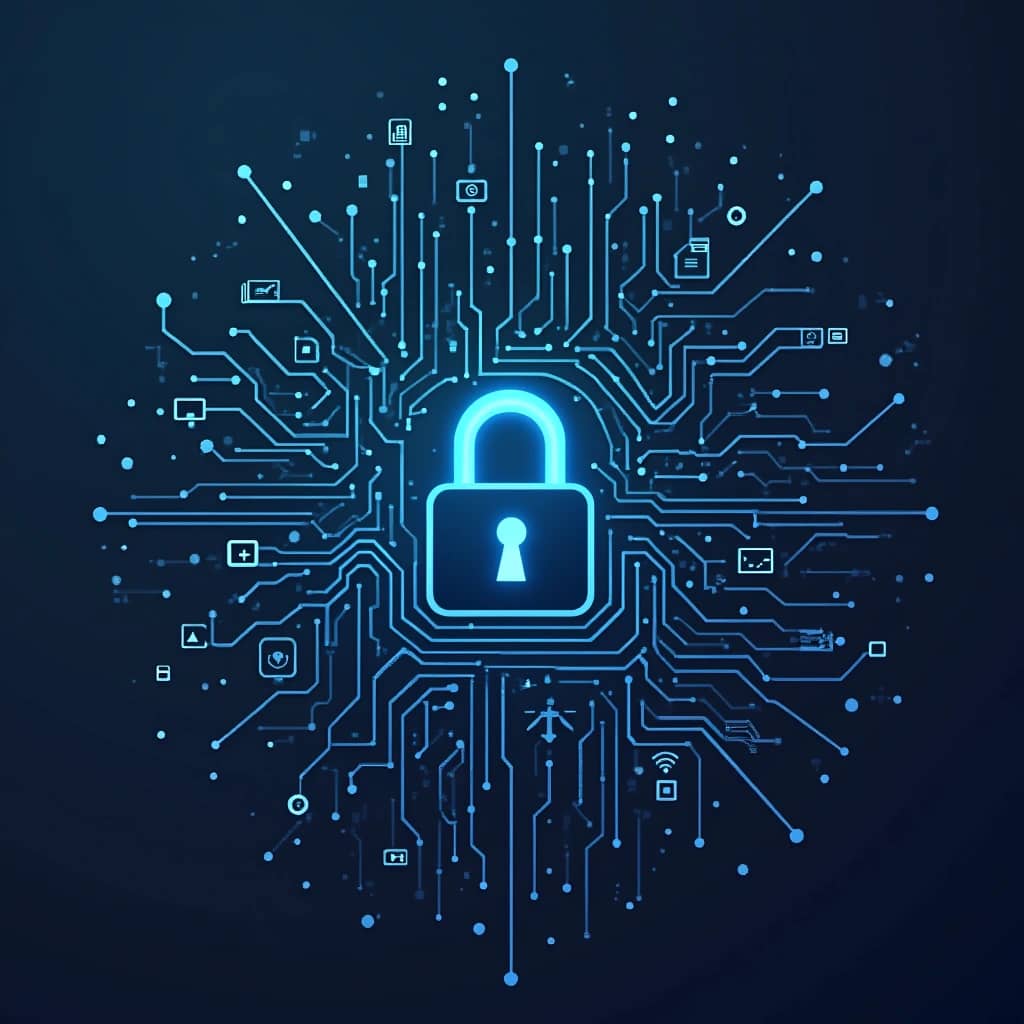As we approach 2025, the landscape of cybersecurity continues to evolve, shaped by the rapid advancement of technology and an increasingly sophisticated array of cyber threats. Organizations across all sectors are recognizing that cybersecurity is not just an IT issue but a fundamental aspect of their overall strategy. Here’s a look at what we can expect in the cybersecurity realm by 2025.
The Rise of Artificial Intelligence and Machine Learning
By 2025, artificial intelligence (AI) and machine learning (ML) are expected to play pivotal roles in cybersecurity. These technologies will enable organizations to automate threat detection and response, significantly reducing response times to potential attacks. AI-driven tools can analyze vast amounts of data to identify unusual patterns and behaviors, helping security teams proactively address vulnerabilities before they can be exploited. 🤖✨
Increased Cyber Threats and Advanced Attack Vectors
Cybercriminals are likely to become more sophisticated, employing advanced tactics such as AI-driven attacks that can adapt and learn from defensive measures. Phishing and ransomware attacks will continue to evolve, with criminals using social engineering techniques to exploit human weaknesses. Additionally, as the Internet of Things (IoT) expands, the security of connected devices will become increasingly critical, with potential vulnerabilities in smart homes, wearables, and industrial systems. 🌐⚠️
A Shift Towards Zero Trust Architecture
The Zero Trust security model, which operates on the principle of “never trust, always verify,” is expected to gain widespread adoption by 2025. Organizations will increasingly implement Zero Trust frameworks to enhance security by requiring continuous verification of user identity and device health, regardless of whether the user is inside or outside the corporate network. This approach can help mitigate risks associated with remote work and insider threats. 🔑🔐
Regulatory Developments and Compliance Challenges
As cyber threats grow, governments and regulatory bodies are likely to impose stricter regulations to protect data privacy. Companies will need to navigate an evolving regulatory landscape, including compliance with frameworks like GDPR, CCPA, and potentially new legislation targeting specific industries. Organizations will prioritize compliance not only to avoid penalties but also to build trust with customers. 📜⚖️
Workforce Development and Cybersecurity Skills Gap
The demand for cybersecurity professionals is projected to soar by 2025, creating a significant skills gap. Organizations will need to invest in training and development programs to upskill their existing workforce and attract new talent. Emphasizing diverse hiring practices will be crucial to fostering innovation and resilience in cybersecurity teams. Additionally, organizations may turn to managed security service providers (MSSPs) to supplement their in-house expertise. 📈👩💻👨💻
Cybersecurity in Emerging Technologies
The rise of technologies such as blockchain, quantum computing, and 5G will also impact cybersecurity strategies. While these technologies present exciting opportunities, they also pose unique security challenges. By 2025, organizations will need to develop strategies to secure decentralized systems, protect data transmitted over 5G networks, and prepare for the implications of quantum computing on encryption. 🚀🔗
Conclusion
As we look towards 2025, the cybersecurity landscape promises to be dynamic and complex. Organizations must stay ahead of the curve by adopting advanced technologies, fostering a cybersecurity-aware culture, and preparing for new regulatory challenges. By embracing a proactive approach, businesses can protect themselves from the evolving threat landscape and foster a secure digital environment. The future of cybersecurity is not just about defense—it’s about resilience and adaptation in an increasingly interconnected world.



